ReCount
A decade of Muzaffarnagar violence

In August 2013, deadly communal violence broke out in Western Uttar Pradesh killing dozens of people, overwhelmingly Muslims.
Communal tensions were already brewing in western Uttar Pradesh with small riotings reported now and then. But the trigger for the carnage was the three killings of men in Kawwal village of Muzzafarnagar on August 27.
The killing of a Muslim boy, Shahnawaz, by two Hindu Jat youths Sachin and Gaurav was the trigger. In retaliation, a Muslim mob stoned the two Hindus to death.
Soon news spread that Sachin and Gaurav killed Shahnawaz to protect the honour of their sister. Several fact-finding teams have debunked the claim of eve-teasing, which fueled the violence. In the FIR, Sachin's father said the killings began with arguments over a motorcycle collusion.
Anyhow Hindu nationalist Bharatiya Janata Party launched a campaign to take revenge for the slain who they called "martyrs". They circulated a fake video and gave genocidal calls against Muslims, sparking the killing spree.
The bloodshed ruptured the brotherhood of Hindu and Muslim jats that they maintained since the birth of the nation.
filmmaker and activist Nakul Singh Sawhney on how the violence began in Muzaffarnagar in 2013
Trigger warning: Mention of murder, gang rape and acts of violence
Lakh, Shamli
Salma doesn't have any photo of her son 13-year-old son Aas Mohammed who was killed by Hindu jats in her village. On 08 September 2013, Mohammed was sent to his uncle's home to give a key where he was knocked down by a Hindu mob, shot and set on fire.
Salma and the rest of her family had a narrow escape from the aggressors. they were rescued by the army later in the evening. That was the last time she was in Lakh, her village in Western Uttar Pradesh's Shamli district.
Six Muslims were killed in Lakh during the deadly violence.
Police combined another murder in the boy's case with the logic that the same mob was accused of having killed both. Years later, the case was compromised over threats and pressure. Salma says the other victim's family brokered the deal after one of their relatives was named in a "counter case".
"Nobody asked me. I won't have agreed," the mother of four told Maktoob.

Salma said she would have not agreed to compromise the case against the people who killed her son. Though the case is still pending, she is helpless.
Salma said she would have not agreed to compromise the case against the people who killed her son. Though the case is still pending, she is helpless.
A decade later, no one will be punished for killing the boy. While the trial is pending, no witness will go to court.
"It's settled. We had no choice," Mohammed's brother Aslam told Maktoob. When the mob set their house on fire, the only photographs of young Mohammed were also turned into ashes.
Salma now lives less than 10 kilometres from Lakh. All 276 Muslim families from Lakh never went back. Salma says no Hindu neighbours ever reached out to check on her.
She never answered what are her memories of the deceased boy. "He was a good boy," she finally said after a long pause.
A decade on, M* was the last of seven women to pursue the legal fight against the Hindu men who committed sexual violence during the violence.
Others withdrew their case after immense pressure and threats from the culprits. The slow pace of the judiciary and the insensitive trial pushed them to give up.
M is also from Lakh, one of the most affected villages during the violence. When the mob came she ran and hid in the sugarcane field with her son. Three Hindu men from her neighbourhood, who were friends with her husband, "caught" her. They gang-raped the mother while holding a gun to her child's head.
"Justice gives something," she said while nursing her youngest son who had fallen sick.
Maheshvir and Sikander Malik were sentenced to 20 years by a special court in May 2023. A third accused died before the case came to court.
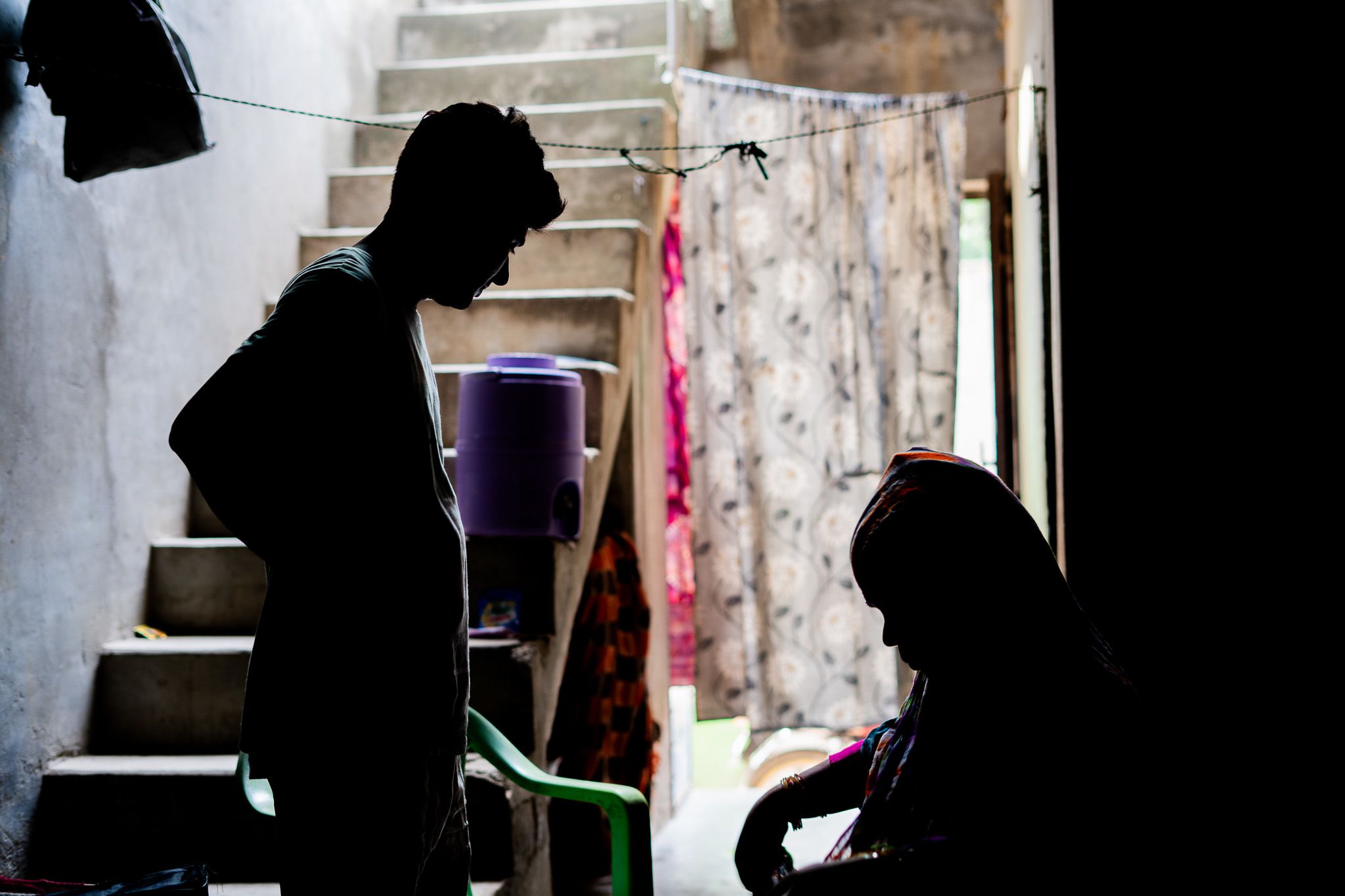
"Several women didn't come forward due to fear of repercussions. Others who filed were repeatedly threatened. They don't speak to me anymore. Have the guilt of walking away," M's husband said.
"I see those men in court. Sometimes they send people to bribe me into withdrawing the case. Even the investigating officer pressured me to strike a deal and close the case," he explained.
"People who don't know about the case think that I fooled the government into getting the compensation. They ask me what happened to me and I simply say something," he told Maktoob.
Ghosts of Lisarh
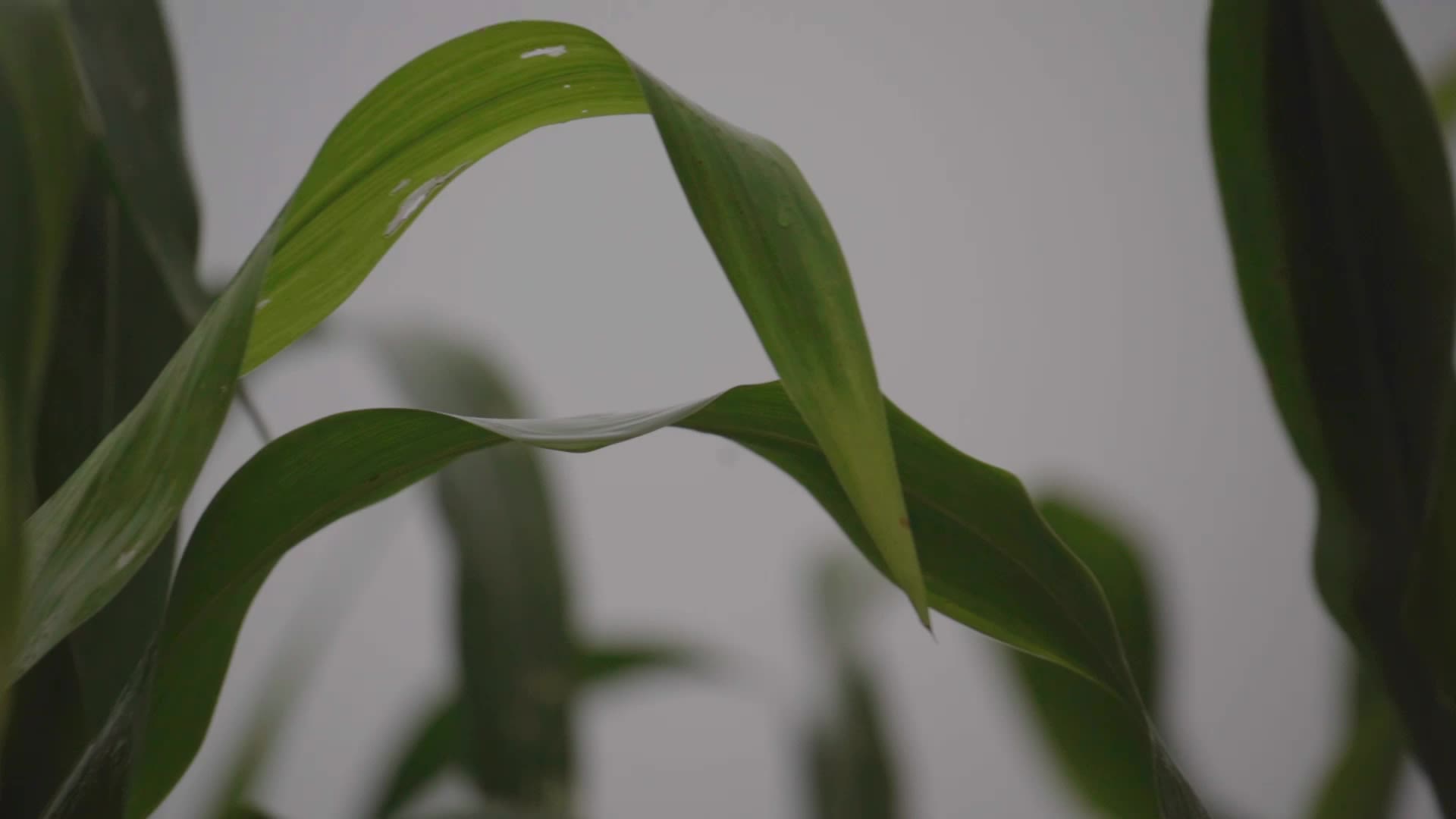
"They killed our family"
Among those 15 missing people during the violence, 11 are from Lisargh, a village surrounded by sugarcane fields near Shamli. Initially, 13 Muslims from Lisarh went ‘missing’ on 08 September 2013. The same day, three bodies were found on the outskirts of the village but police failed to secure it. The officers involved faced disciplinary action. The next day, two bodies were recovered from a nearby village.
Shaheed Hasan’s parents are among the remaining 11 people untraceable from Lisarh, a village now considered the worst hit by the violence. Hasan, who barely survived the violence, claims he saw his father Sirajuddin, mother Hameedan and three of his neighbours Umardeen, Kareemuddin and Wakeela being murdered by people he knew by name.
But police dropped the murder charges in his case claiming no evidence. he had approached Allahabad High Court
“They [rioters] roam free, their leaders got the reward. We still struggle to get papers that announce them dead,” Hasan told Maktoob.
70-year-old Kausar Bi's husband Naseeruddin is another person who is still recorded as missing during the violence. In December 2013, the Special Investigation Team declared that the 11 missing from Lisarh are considered killed during the carnage.
Authorities are still reluctant to record Naseeruddin's death during violence. If they do, Kausar Bi will be able to demand the promised government job for the kin of people killed during violence. It's the only thing she can give her son.
Abdul Basith said he saw five people being killed in his village, Lisarh, where he used to be a Madarasa teacher and worked in a mosque. Police were present and they joined the mob, he told Maktoob. All but one Muslim family returned to Lisarh after the violence.
"We lived like a family and now everyone is scattered," Basith lamented. He accuses the government of doing nothing to support the survivors. Four mosques and a graveyard in Lisarh remain abandoned.
Rijwan Saifi was 14 when he survived the violence. He remembers that all the elderly stayed back with the hope that they would be spared by the neighbours.
His grandparents were killed, but the bodies were never recovered.
A decade later, he wants closure. In June 2023, the National Commission for Minorities said directions would be given to concerned authorities regarding the petition filed by Saifi to declare the 11 missing people dead. He is doing it for his father who never lived to see justice for his parents.
How many lives did 2013 Muzaffarnagar violence claim?
Officially, the killing spree that went on for weeks took 64 lives in Shamli, Muzaffarnagar and neighbouring districts.
But even a decade later, survivors are appealing to declare their kin to be declared a casualty in the carnage. If the government is under-reporting the casualties, it has denied justice for the victims and relief for survivors.
A compilation of responses from the Right to Information requests, filed by the Afkar India Foundation, suggests the number of lives lost is more than the figure mostly reported by most media outlets.
According to the data, reviewed by Maktoob, 42 people were killed in Muzaffarnagar and 22 in Shamli, the districts worst hit by the violence. Although that sums at 64, casualties were also reported in other districts.
Three people were killed in Baghpat, four in Meerut, and one each in Hapur and Saharanpur. they all received compensation from the state government. These figures don’t include the missing people who were later, on December 05, 2013, presumed dead by the Special Investigation Team.
A government document from 2013, seen by Maktoob states that out of 21 people who went missing, four people were found and 17 remained untraced. According to Akram Akhtar Chaudhary, an activist turned lawyer leading the Afkar India Foundation, two more people were found and the number of missing is presumed to be 15 people.
510 FIRs were registered in the 2013 violence
Out of 510 FIR, final reports had been submitted in 165 cases, including 19 murder cases.
There were 47 cases in which the offence of attempt to murder was lodged. However, 14 of these were dismissed during investigation, and the final report was submitted for want of evidence in 15 others. Chargesheets were filed in 18 FIRs.
According to the data, reviewed by Maktoob, 42 people were killed in Muzaffarnagar and 22 in Shamli, the districts worst hit by the violence. Although that sums at 64, casualties were also reported in other districts.
Three people were killed in Baghpat, four in Meerut, and one each in Hapur and Saharanpur. they all received compensation from the state government. These figures don’t include the missing people who were later, on December 05, 2013, presumed dead by the Special Investigation Team.
A government document from 2013, seen by Maktoob states that out of 21 people who went missing, four people were found and 17 remained untraced. According to Akram Akhtar Chaudhary, an activist turned lawyer leading the Afkar India Foundation, two more people were found and the number of missing is presumed to be 15 people.
About 1,00,000 people, almost all Muslims, took refuge in camps near Muslim-dominated settlements due to violence in their native villages. Over 60 refugee camps cropped up in the weeks after the violence. The government recognized only 9 camps and cleared other camps in the coming months.
By January next year, as many as 34 children aged below 15 had died in the relief camps. The number of men and women who passed away due to dire conditions and disease outbreak in camps are mostly undocumented.
A factfinding report titled,” Report on Communal Violence in Shamli and Muzaffarnagar” by faculties of Tata Institute of Social Sciences, stated that “ The rough estimate of number of deaths of children and adults in the camps is around 100. We see no reason to distinguish the deaths of innocent Muslims in the sub-human conditions of living in the camps post-violence with that of the deaths from the attacks.”
The settlement
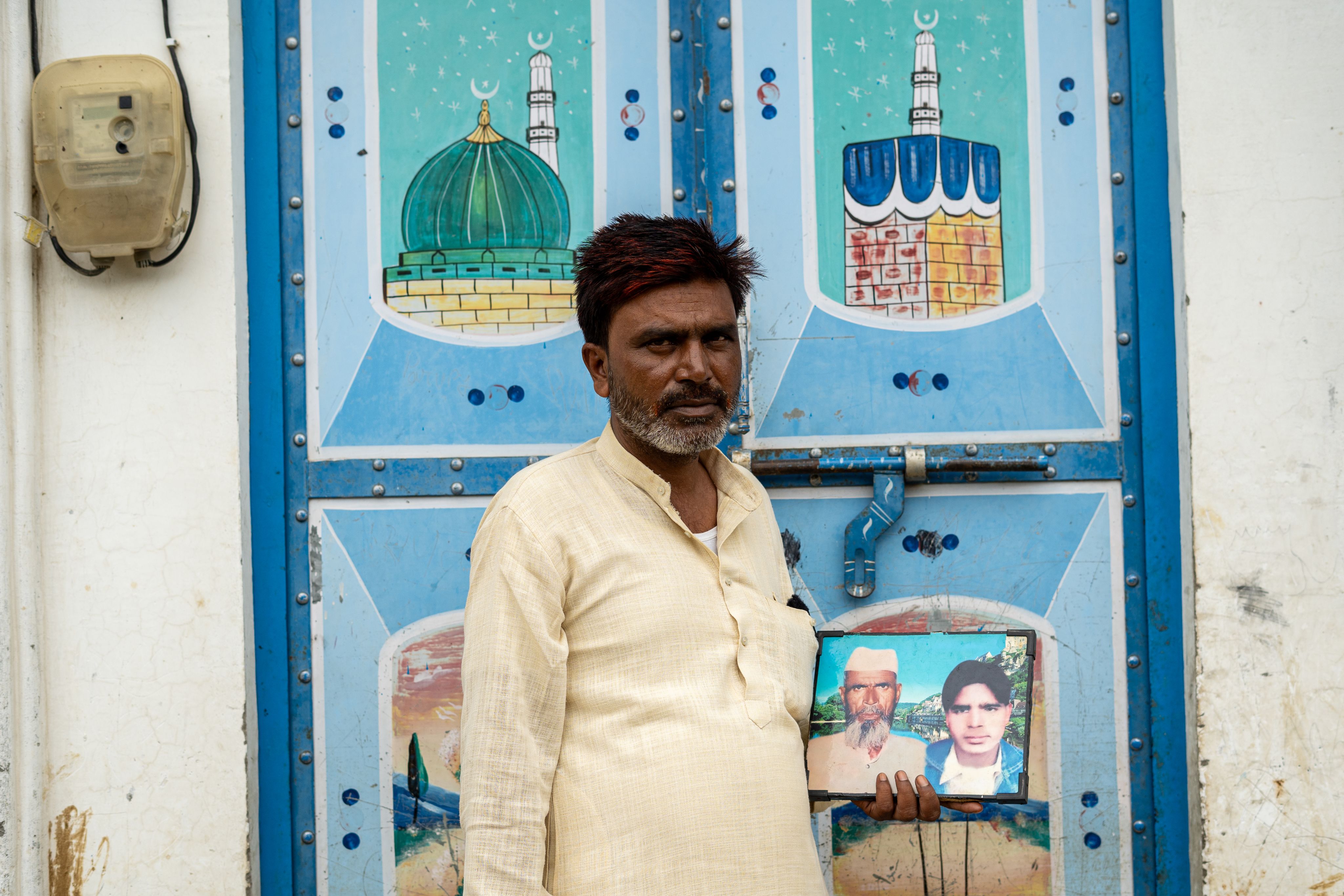
Lighting a cigarette, Mohammed Imran laughs off at his own "mistake". The 45-year-old lost his father Shamshad and younger brother Irshad in the violence. They were among the eight people who got killed in Kutuba, the highest in Muzaffarnagar district.
All eight murders were filed in a single FIR.
In his defence, they were not in the right mind or nobody told them to file the cases separately, a better option to ensure justice. "Even if it was a separate case, would the fate be different?" he grins.
There is only one case in which people were convicted of murder in cases related to the violence. It was in the case of killing Gourav and Sachin, convicting seven Muslims.
For relatives of dozens of Muslims killed during the violence, the prolonged and stressful legal battle, against footmen of Hindu nationalism that backed the state, became a nightmare. All survivors said they feared for their lives to go against BJP men. It can be a landmine that goes off into another violence, one said.
Several survivors were coerced or forced into dropping out of the legal fight.
Imran was helpless when BJP Union minister Sanjeev Baliyan, who belongs to Kutuba's sister village, Kutubi, brokered a deal between Muslims and Hindus to drop cases on both sides. Who would raise their voice in front of the minister, he asked.
Baliyan, a veterinary doctor before entering politics, is considered one of the main conspirators of the violence by critics of the Hindutva party. A new face to the party, Muzaffarnagar violence is credited for Baliyan's quick political rise beating veterans in the Upper caste dominant party.
Activists, lawyers and survivors unanimously accused police of being biased during the violence and while conducting the probe. The promise of the then state government is considered an "eyewash".
In Kutuba village, a picket of PAC (provincial armed police) was posted in the village at the time of rioting. These policemen were having tea in the Pradhan’s house when mobs started rampaging Muslim households. Three Muslim men who were sent to seek their help were locked up in the Pradhan’s house.
Army had to come and rescue Imran and the other Muslims including the three men locked up in Pradhan's house.
All the families that "compromised" the cases Maktoob met during reporting said they would have thought differently if they had any confidence in the police or court.
When the BJP won the centre and later UP, all hopes dried up for Muslim survivors.
Afterlife
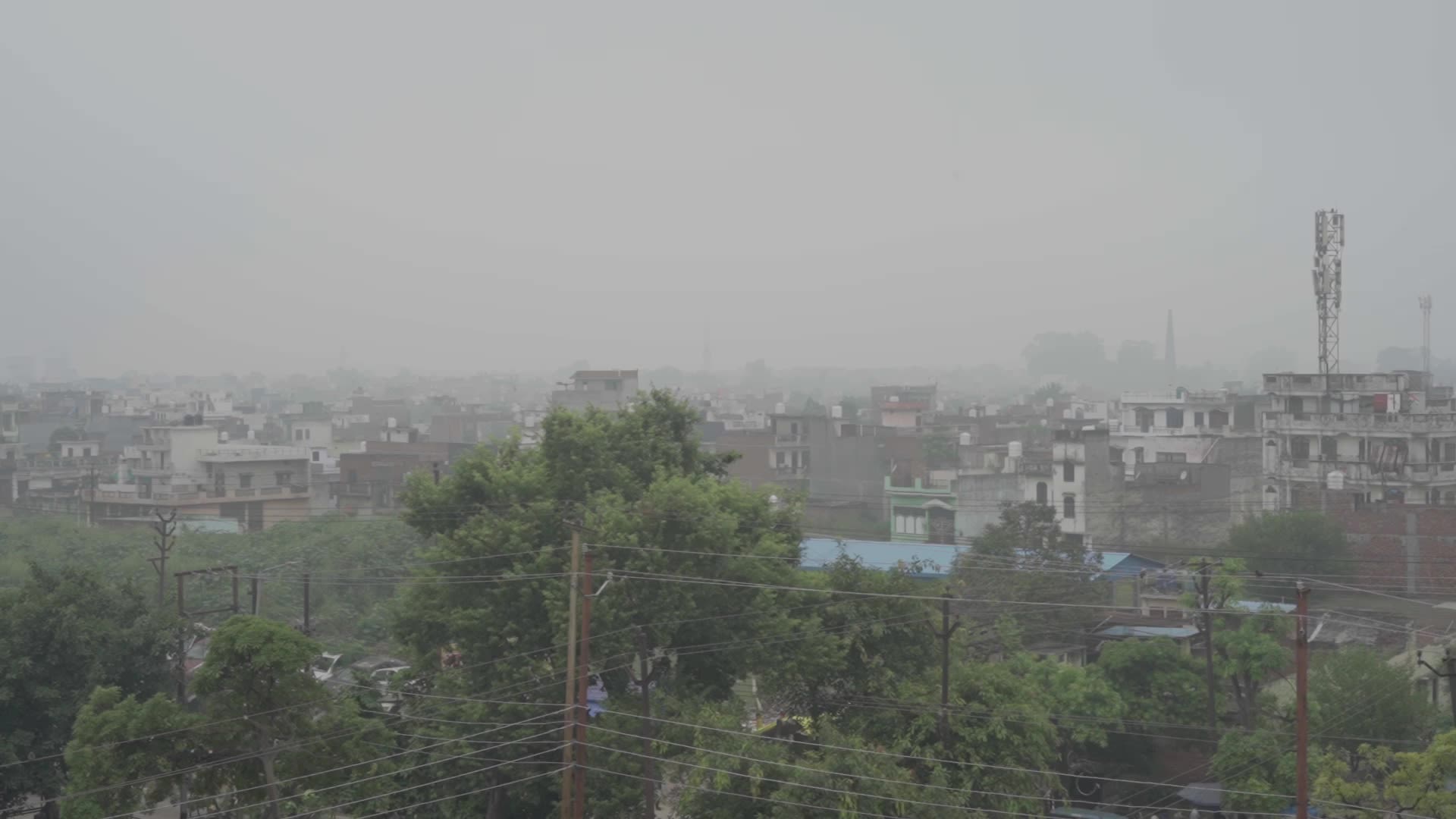
Life had been overturned for over 1,00,000 Muslims by 09 September 2013. It was a catastrophe. Overcrowded refugee camps for displaced people were created. People were hungry. They spend nights sleepless frightened of tormentors of the violence roaming free on the other side of the sugarcane field.
According to government data, 147 villages in which Hindus and Muslims had lived peacefully for decades were emptied of Muslims. The majority of Muslims from the most affected villages never went back. Most of them resettled in close proximity to their native villages.
Samajwadi Party government took pride in giving compensation to Muslim victims of the riot. Historically it was rare in India. But the five lakhs for resettling and 15 lakh for kin of death was too small for families to restart their lives.
Muslim groups took the burden of rehabilitation for a majority of the displaced people. Most Muslims sold their land in their native village for less than half the price. Even before it was out for sale, many prosperous sugarcane fields belonging to Muslims were acquired by jats, survivors said.
"Except BJP, all other parties in one way or the other are associated with the relief work which gives away its intentions," a factfinding report stated.
When winter arrived in the camps, unmarked graves became common in the outskirts. By January next year, as many as 34 children aged below 15 had died in the relief camps.
The next month, Abdul Latheef from Kerala, associated with an aid group Our India Foundation, reached Kandhla, where most of the displaced people from Shamli took refuge. He said he was heartbroken when he saw the camps.
A decade on, Latheef is settled in Kandhla. He runs a school by Our India Foundation for riot victims. He says every day someone affected by the violence reaches out to him seeking help.
Akram Choudhary of the Afkar India Foundation dropped his studies at Delhi University to stay in Kandhla to help victims. In the coming years, he focused on legal aid and eventually became a lawyer. He is building an archive of all details related to the violence.
In 2015, Nakul Singh Sawhney released a film about violence called "Muzaffarnagar Bhaaqi Hai". Its screenings were disrupted by right-wing groups making the film controversial at the time. Sawhney made Kandhla home for his media collective called ChalChitra Abhiyaan.
All three, Akram, Latheef and Nakul met in the small town of Kandhla and became friends.
In Dulhera, neighbouring Kutuba village, Sanjeev Kumar Baliyan was the pradhan when violence broke out in the region. Unlike his namesake BJP leader who Muslims fear, this one is hailed as a hero by Muslims. He protected Muslims in his village against the wishes of some men in the village and even guarded the mosque.
Muslim boys walk into his house with no hesitation and joke with him like friends. But his Muslim-friendly figure made him lose the next two elections.
"You can't escape by saying outsiders came and killed Muslims," he said about the denial of riots by Hindu Jats.
"There should have been humanity. But hatred has blinded people," Baliyan said.
In Lisarh, Hindu jats said they wouldn't want to be reminded of the violence. They said hate politics tricked Jats into turning against Muslims but they didn't say who fuelled it.
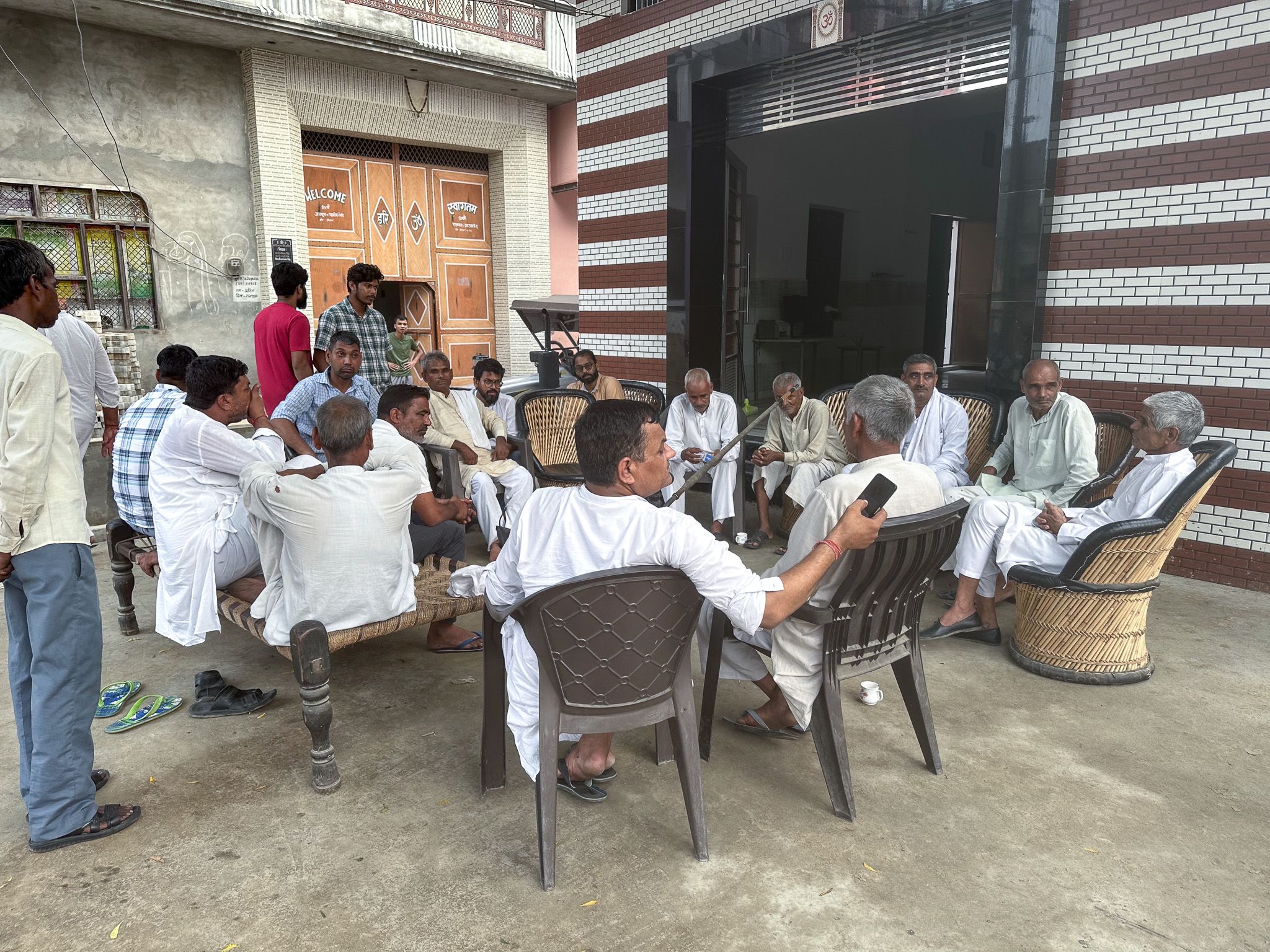
Ajit Singh, the village Pradhan of Lisarh said the cases against him by Muslims of the village were false. He said Muslims didn't come back because they were given compensation by the government.
The group of men outside Singh's house argued that the wages of labourers hiked when Muslims left. They weren't keen on answering about the Muslim residents of the village being missing or dead.
A Hindu man called Aman was shot dead in the last days of the violence. According to Amna's brother Sonu, the mob asked names before attacking Aman and his friend.

Sonu doesn't know which mob killed his brother. He approves that the name, Aman, is common among Muslims and Hindus. The case is pending in court but he doesn't know who all are the accused.
"It is however noteworthy that no communal violence has been reported from any of the Muslim dominated villages. Simultaneously, there were Jat dominated villages where the Jats took up the responsibility of protecting their Muslim brethren. Some of these villages were Kheda Gani, Garhi Novabad, Garhi Jaitpur and Kurawa," a factfinding team observed during their visit in 2013.
Rijwan Saifi, a survivor turned social activist who helped Maktoob throughout the reporting, said that several people are now reluctant to speak about the violence anymore.
"It's not because they forgot about it. They want to know what difference it makes," he said.